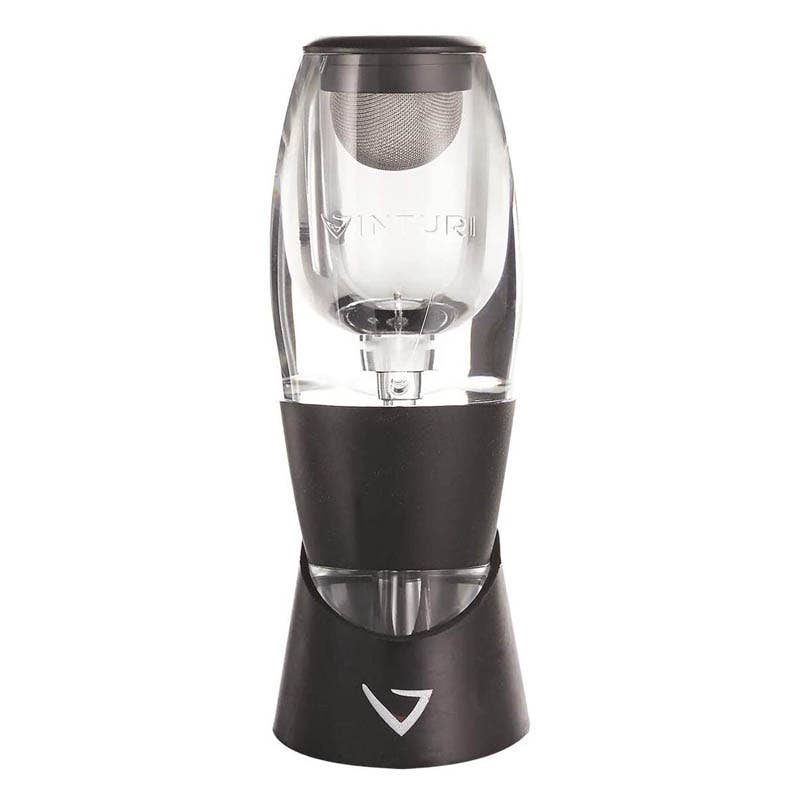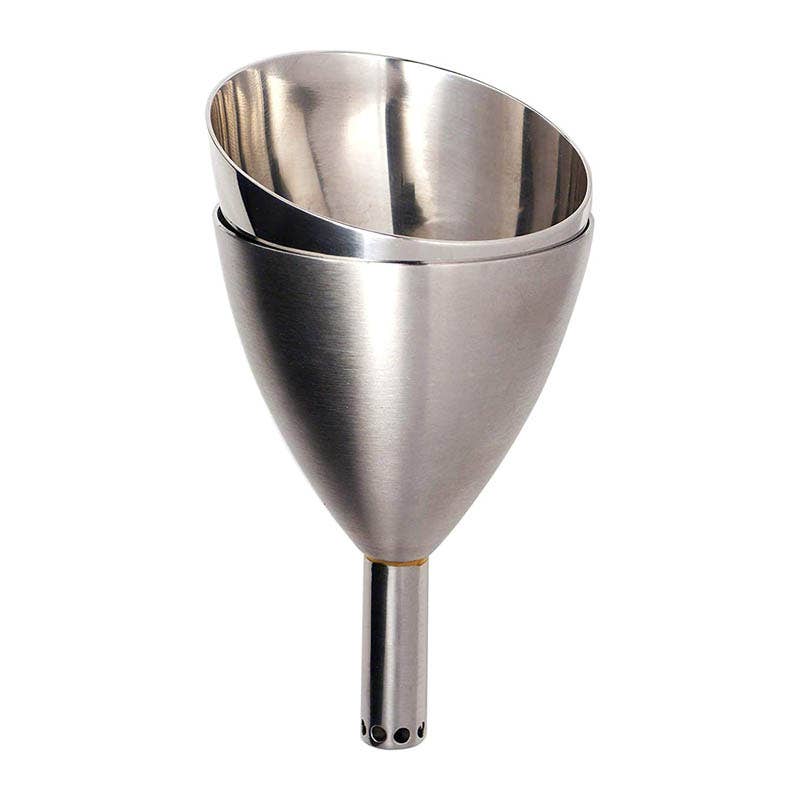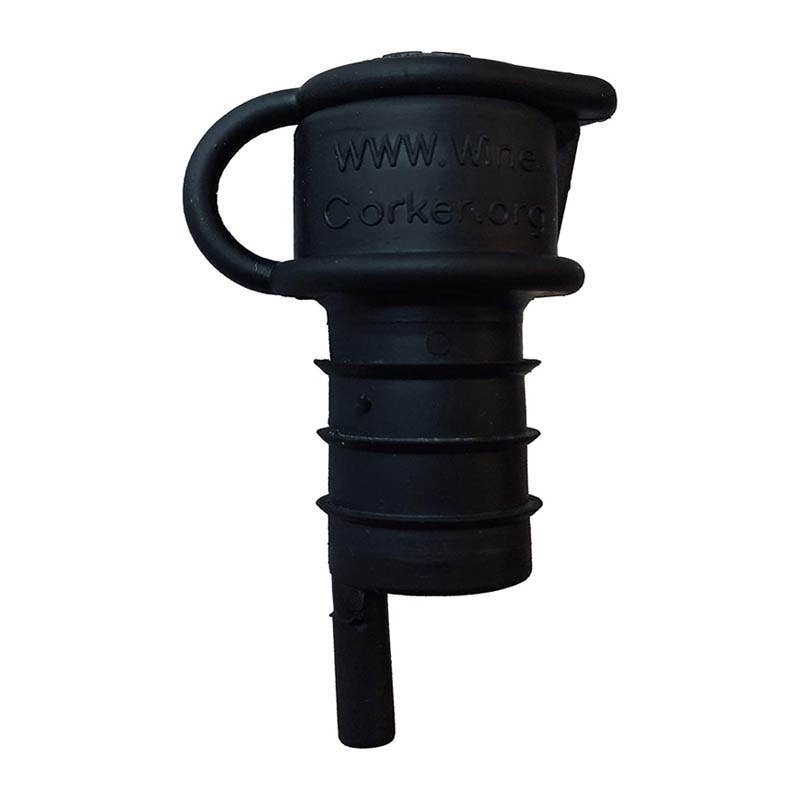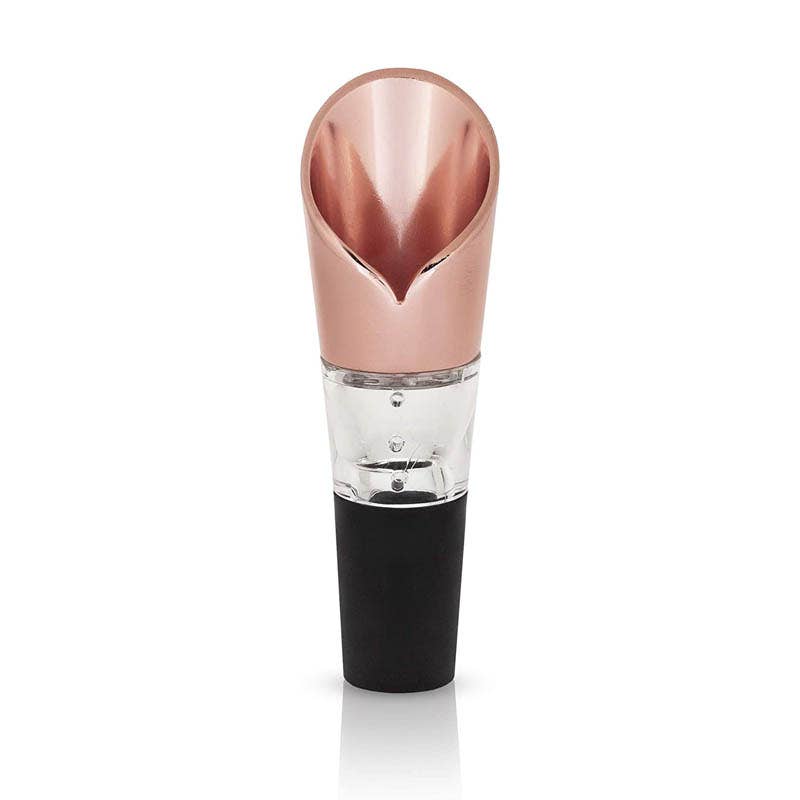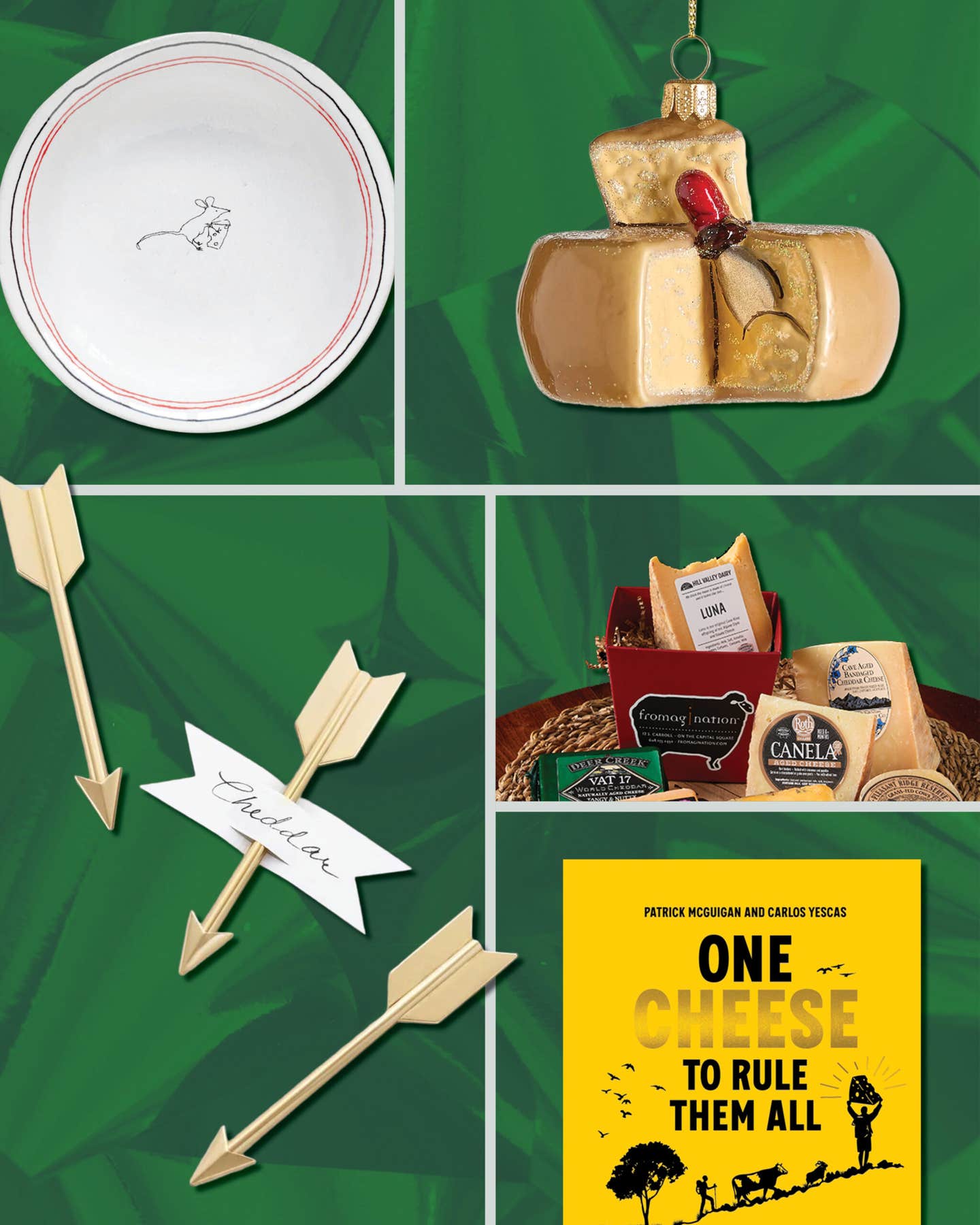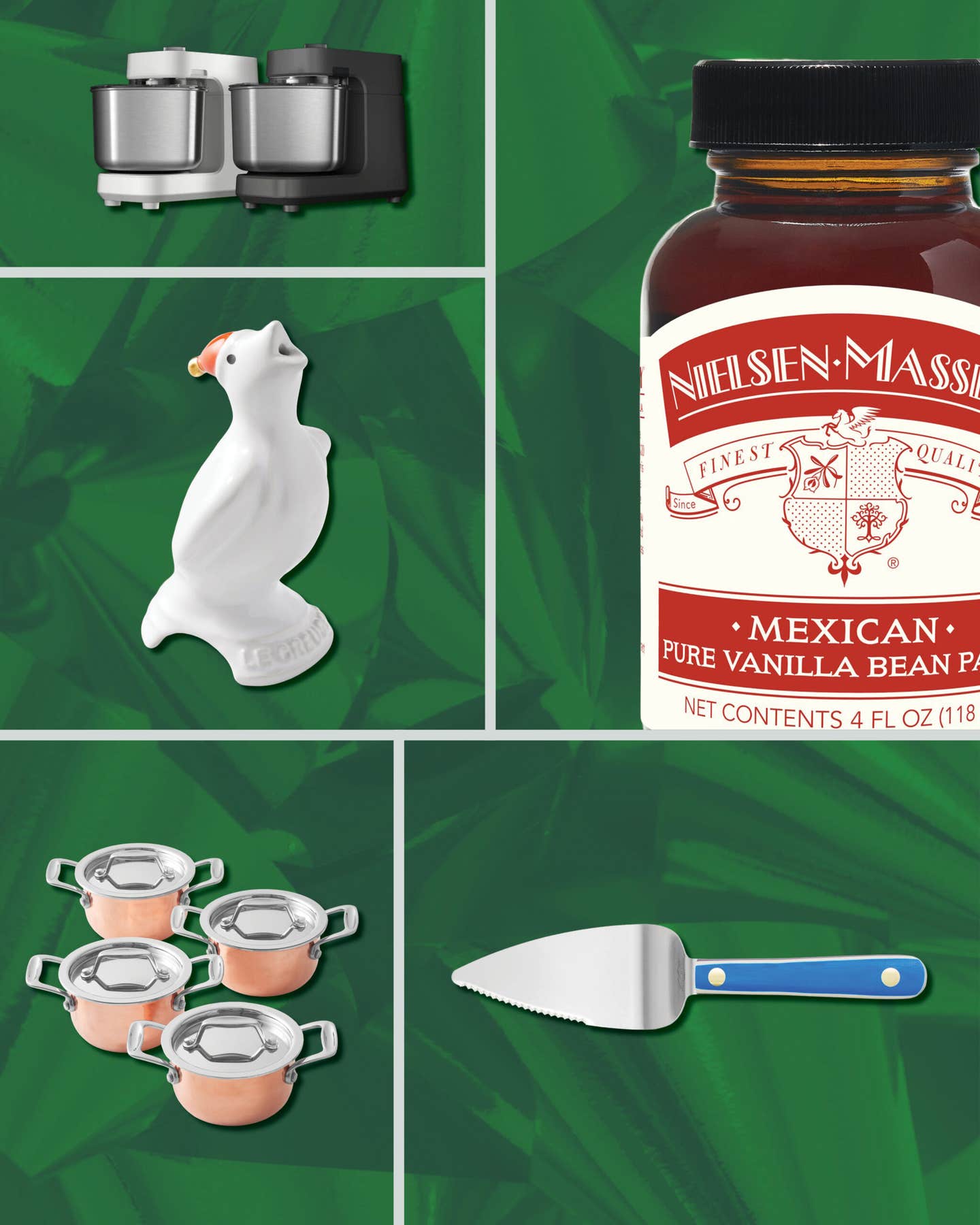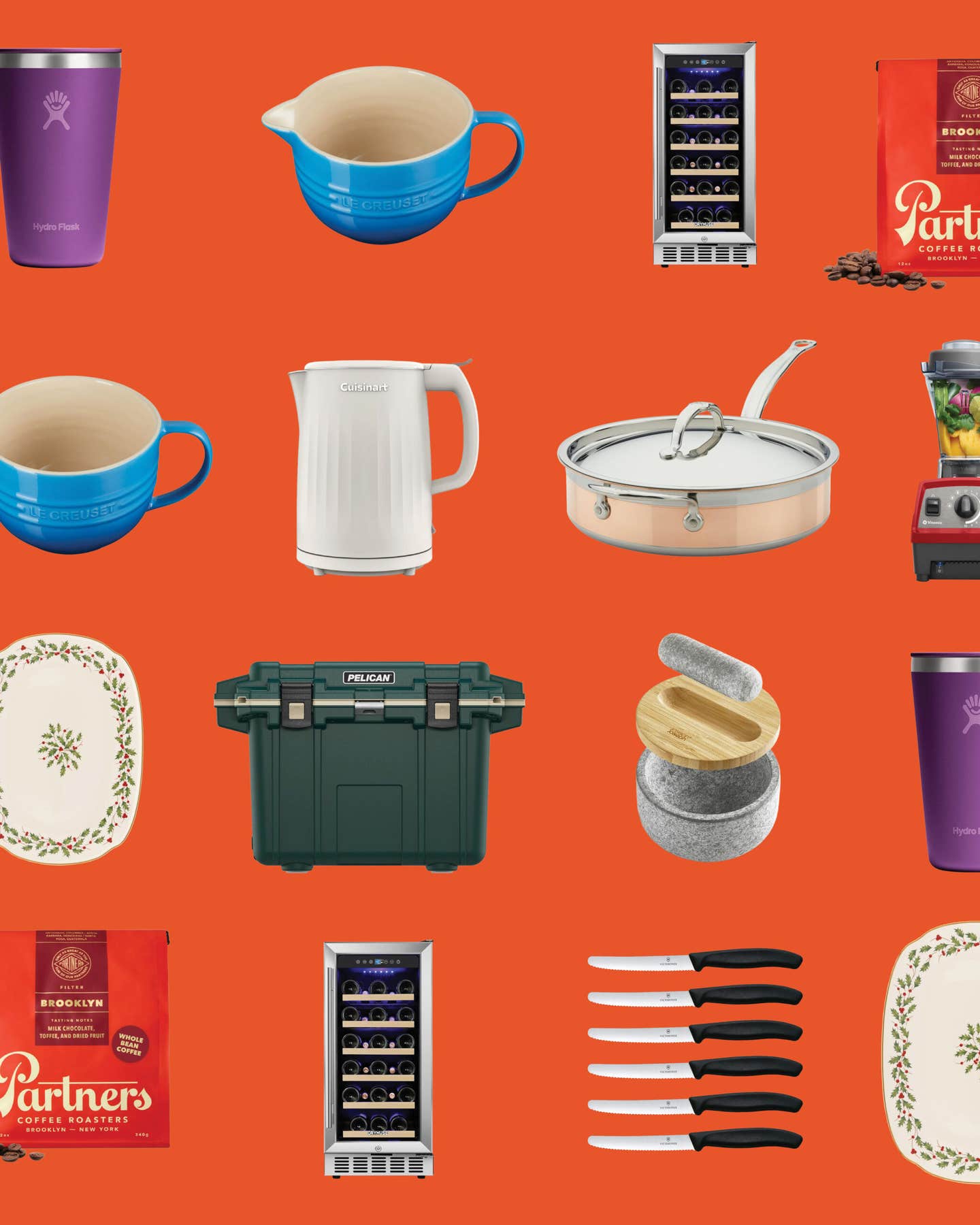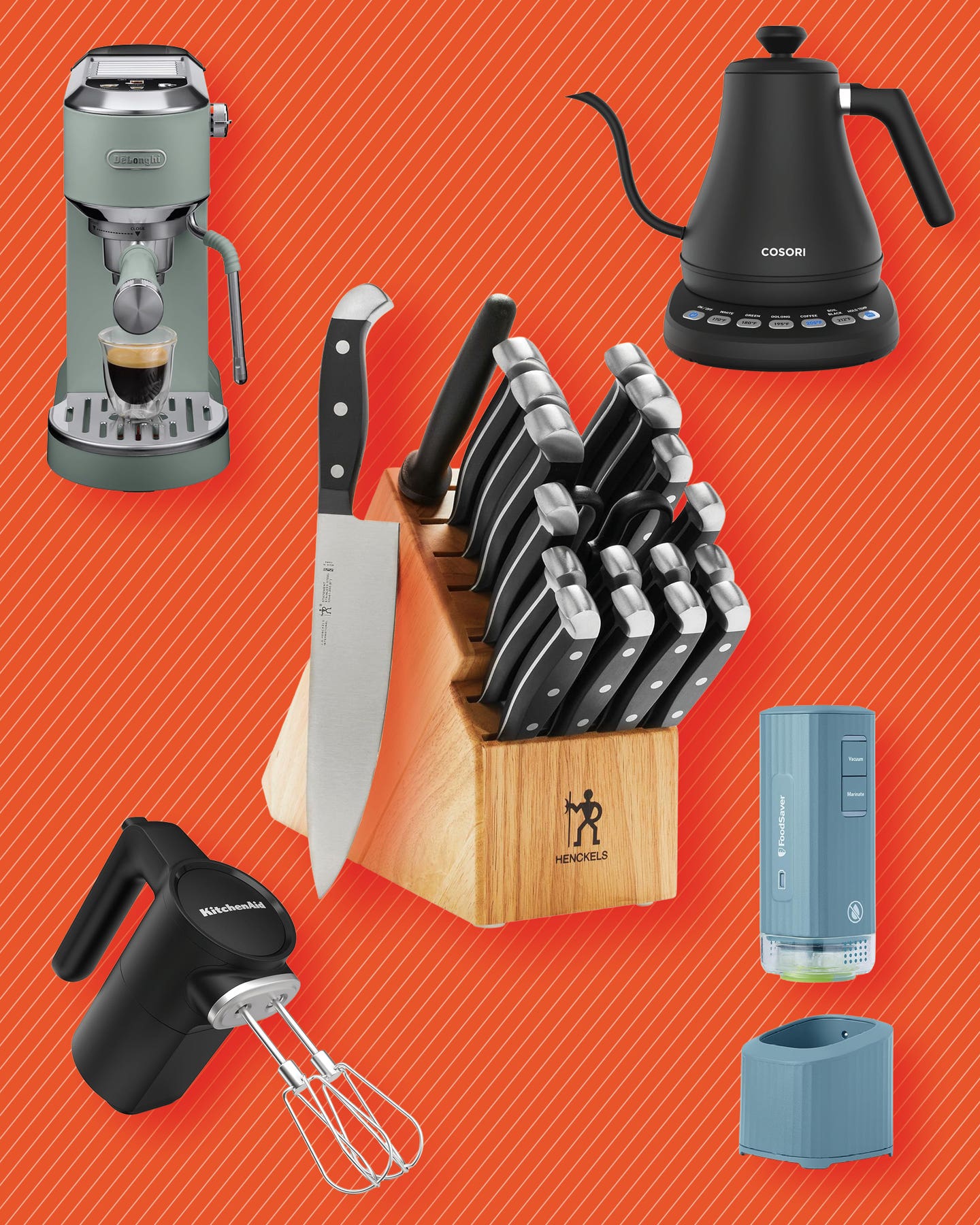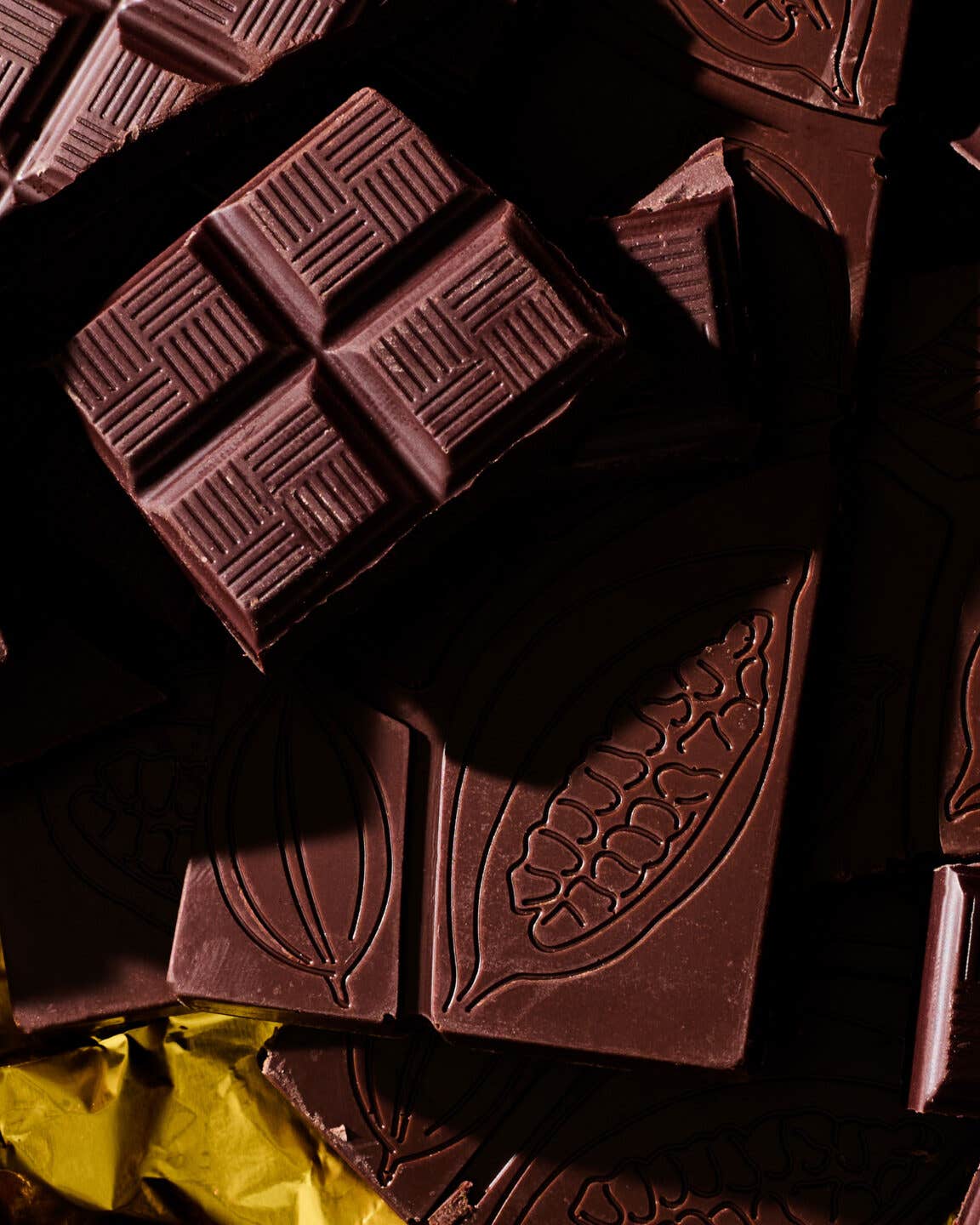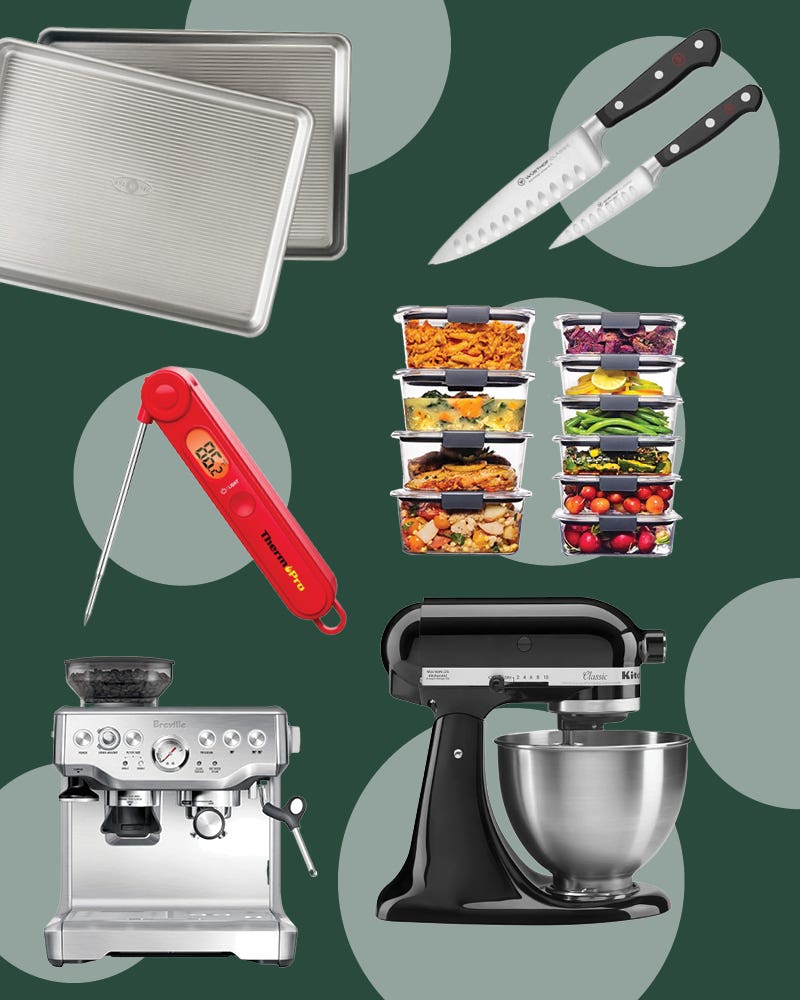The Best Wine Aerators to Help a Freshly Corked Bottle Reach Its Full Potential
Let it breathe.

Aerating wine isn’t just about the performance—even if some tools out there do make the process entertaining to watch. Often, freshly corked wines can feel “tight” or possess “hard” qualities that call for a bit of oxygen to help them open up. “This can help the wine to show at its best and enhances the overall drinking experience,” says Anna Frizzell, Marketing Director at Wine Hooligans. While too much oxygen can ruin a wine’s freshness, a little air “helps to release certain chemical compounds in wine, especially those that can interfere with enjoying a wine’s aromas and flavors,” she says. Aerating or decanting are also “a great way to remove naturally formed sediment from wines, especially in older vintages or fortified wines, like Port.”
The most common way to decant a wine is by pouring it into a glass or a decanter and giving it some time to sit while exposed to the air. The mere act of pouring begins the process, and factors like surface area, swirling, and the style of wine will determine how long to decant for. Aerators, on the other hand, are designed to speed this process along, and introduce oxygen to the wine more rapidly as it’s poured. Some aerators even do double duty as stoppers, preservers, and pour spouts. Among professionals, aerators won’t take the place of decanting completely, as some wines (mainly fortified wines and fragile reds) are best opened up carefully in a decanter or glass. And, of course, there’s no real replacement for the classic decanter presentation: “In a professional setting,” says Frizzell, “if we’re preparing for a more formal tasting, I’ll try to make sure there is time to decant wines, though mostly just for full-bodied reds.” But an aerator does significantly cut down the time it would take a wine to open up in a decanter or glass, making it an extremely useful tool to keep on hand at home. Here, we explore the best aerators on the market with a little help from Frizzell and fellow wine expert Blanca Muro of Bodegas Latúe.
- Best Overall: The Original Vinturi Red Wine Aerator
- Best Value: Rabbit Wine Aerator Shower Funnel with Sediment Strainer
- Best Stopper: Haley's Corker 5-in-1 Wine Aerator
- Best Pourer: Viski Summit Aerating Pour Spout
Features to Keep in Mind When Shopping for Wine Aerators
Style and Design
There’s a wide variety of wine aerator styles out there, and the main differentiating factors come down to primary function(s), ease of use, method, and power source. Most simple aerators are small and lightweight, and either fit into the bottle’s neck (also serving as a pourer or stopper) or can be placed over the opening of a decanter or wine glass. Aerators work in different ways to redistribute a wine’s pour, accelerating the liquid’s contact with oxygen using different designs such as widened pour spouts and shower funnels. Simple aerators typically do not require any additional power to use, while more advanced wine aerators (like attachments for preservation systems, smart decanters, or digitally-powered aeration tools) may operate using batteries or gas cartridges.
Basic vs. Multipurpose
Identifying your objectives will determine exactly which type of wine aerator will best suit your needs. If you simply want to speed the decanting process along rather than wait for a wine to open up on its own, a basic aerator used over a decanter or individual glasses should do the trick. However, if you’re looking for a great preservation method and a savvy way to aerate your wines as you pour, there are plenty of all-in-one choices to consider.
Easy Cleaning
In general, wine aerators are relatively easy to clean. Some wine aerators are dishwasher-safe while others are not; if you plan to wash your aerator by hand, simply use a mild soap and run warm water through it until no suds remain.
Our Top Picks
Best Overall: The Original Vinturi Red Wine Aerator
Best Overall
Vinturi’s award-winning original red wine aerator is a go-to for Frizzell when pouring a glass of wine at home, unless the wine (such as a special bottle or a fortified wine) calls for decantation. The Vinturi aerator uses patented technology to amp up the velocity of the pour as the wine flows through its aeration chamber, and generally yields the equivalent of a wine that’s been decanted for around three hours. To use, simply hold the device over a glass or serving vessel, such as a carafe or a decanter, and pour the wine into the aerator’s opening. This aerator is made from acrylic and silicone and features a filter screen to prevent sediment or cork bits from ending up in your glass.
Best Value
Rabbit’s shower funnel aerator and strainer is much more sleek and sturdy than its plastic equivalents (it’s also dishwasher safe, to boot). This aerator is made of stainless steel and is designed to rest on top of most decanters, although it can easily be held over a glass when pouring individual servings. The outer piece (the shower funnel) can be separated from the inner filter component for easy cleaning.
Best Stopper: Haley's Corker 5-in-1 Wine Aerator
Best Stopper
Preservation is key in serving and storing wines, especially when it comes to bottles on the pricier end. While the entire concept of aerating or decanting is based on the introduction of oxygen, allowing a wine too much contact with air is the enemy of freshness and drinkability. And since corks are usually porous, after opening a bottle it’s generally better to re-cork it using a tool specifically designed to preserve the liquid inside better than the original cork. Haley’s five-in-one aerator does just that, and also acts as a pourer complete with a filter for sediment, cork bits, and tartrates.
Best Pourer: Viski Summit Aerating Pour Spout
Best Pourer
“The first time I saw an aerator a few years ago, I thought it was an awesome wine accessory,” says Blanca Muro, Director of Exportation and Quality for Bodegas Latúe. “When traveling, I can’t carry my own glass decanter—could you imagine traveling to Japan with a glass decanter in your hands?” A simple aerator-pourer like Viski’s Summit model does just the trick, and clocking in at under four inches long, it can easily fit into a pocket or bag compartment for use on the go. This aerator uses a helix system within its chamber to aerate wines.
Ask the Experts
Which wines need to be decanted?
Broadly speaking, decanters are best for young, “tight” reds and older red wines that have spent extended periods in storage, as well as older white wines. An aerator will help decant any of these more rapidly. Rosés and young whites generally do not need to be aerated or decanted.
How long should you decant wine?
The purpose of an aerator is to expedite the decanting process while pouring, so you should only use the aerator once. Taste the wine before and after aeration to gauge if it’s opened up enough; if it’s not quite where you’d like it to be, you can always let it sit in a glass or decanter for a little while longer, in which case you should taste the wine occasionally to track its progress. For reference, red wines with “harder” qualities (like intense tannins) or younger and “tighter” wines will take some time—as long as several hours if decanting, but aerating will cut this time down significantly. Older, more delicate wines shouldn’t need too much time to open up, as they tend to fade more quickly than younger wines.
Can you aerate wine too much?
Overexposure to oxygen is the enemy of a wine’s freshness and drinkability. If a wine is aerated multiple times, or is left in a decanter or glass too long, it will start to fade (especially with older and more delicate wines). You may notice that the aromas and taste have dulled, and in some cases taken on a nutty or “oxidative” quality, which is generally considered undesirable in wines. As a rule of thumb, aerate once and then carefully decant afterward if necessary.
Keep Reading
Continue to Next Story
